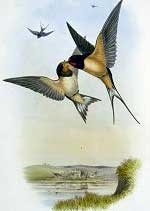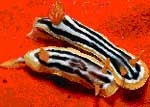Many animal species possess unique digestive systems that are adapted to their eating habits and environments, with several species having multiple stomachs, each serving different essential roles.
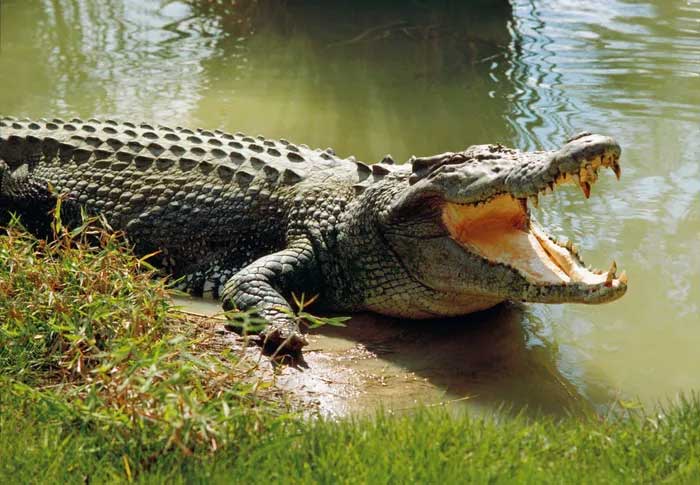
The crocodile has two stomachs to digest its prey. The first stomach contains stones to grind the meal, while the second has an extremely high acidity to break down the remaining food for digestion.
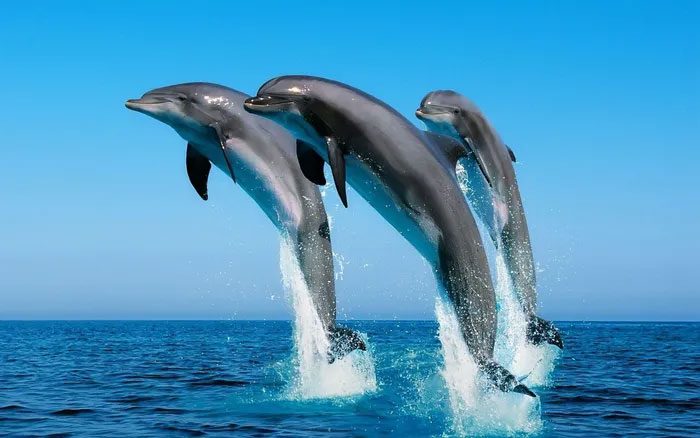
Most dolphins have three stomachs. Since dolphins do not chew their food, the first stomach focuses on breaking down food into smaller pieces, while the rest of the digestive process occurs in the second and third stomachs.
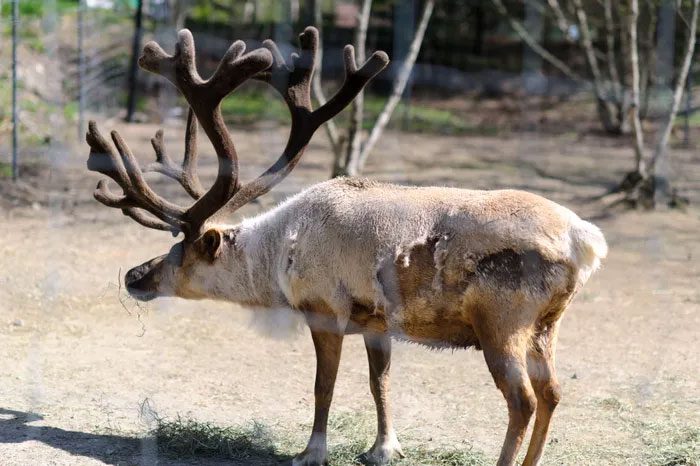
The reindeer has four stomachs and “chews the cud.” They chew their food enough to swallow it, allowing it to be stored in the first stomach (rumen). It is then further broken down in the second stomach (reticulum) before they regurgitate the food from this stomach back into their mouths for further chewing.
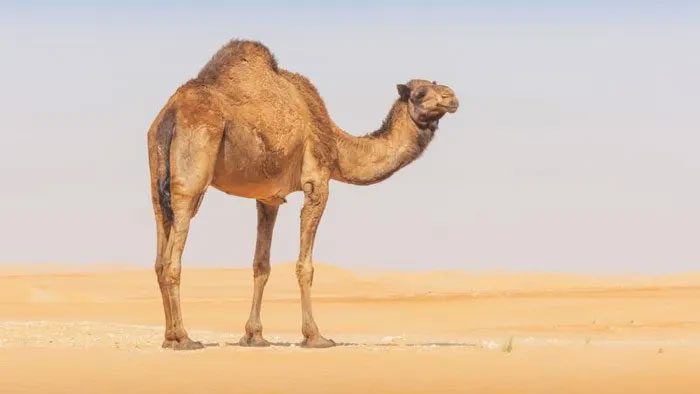
Camel has three stomachs. These compartments allow them to absorb as many nutrients as possible from the scarce and low-quality food they consume.
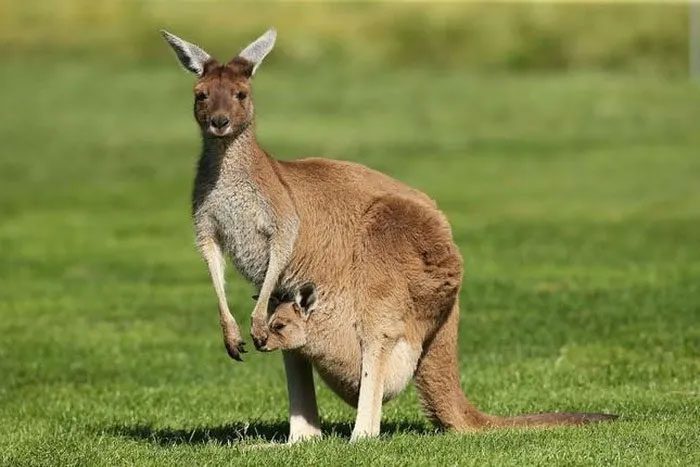
The kangaroo is the largest member of the Macropodidae family. They are marsupials originating from Australia and New Guinea and have two stomach compartments. Kangaroos are herbivores, primarily grazing on grass and occasionally on shrubs.
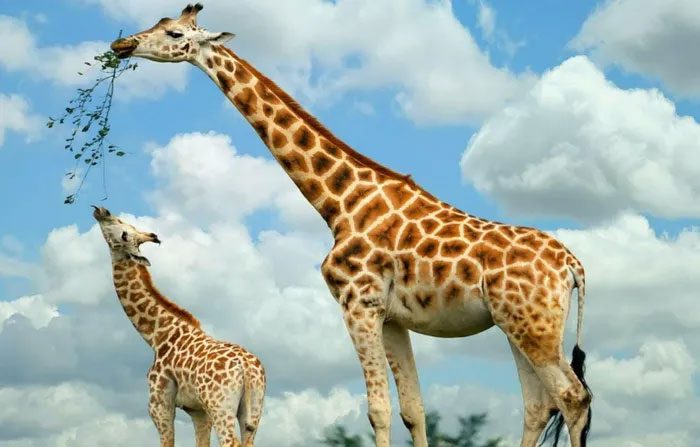
The giraffe inhabits savannas and open forests where they prefer to eat acacia trees. They have four stomach compartments, with the first compartment being adapted to a diet primarily consisting of acacia.
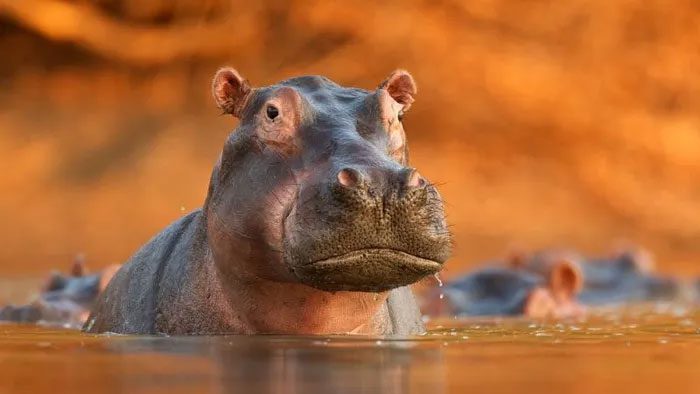
The hippopotamus has a uniquely special digestive system, as they are referred to as “pseudo-ruminants.” These pseudo-ruminants have three stomachs but still enjoy similar benefits to the four-chambered stomachs of true ruminants.
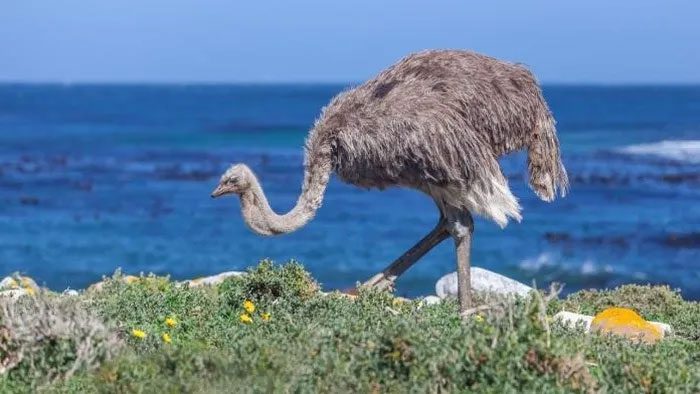
The ostrich has three stomachs and is particularly unusual because they have extremely long intestines. They do not have teeth, so they eat small stones to grind their food. As a result, they require three stomachs to break down all the different things they consume.
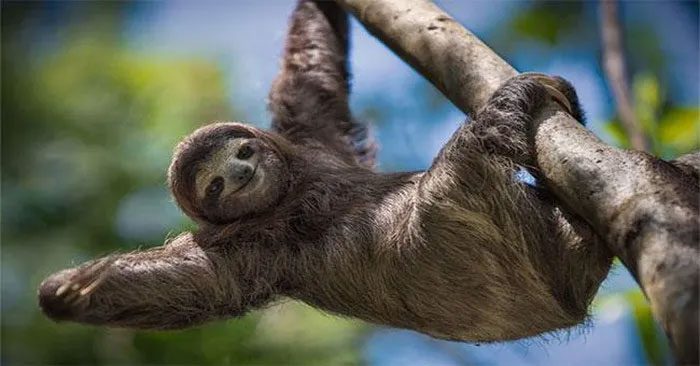
The sloth has the lowest metabolic rate of any animal. Leaves are their main food source, offering little energy and nutrients. They are also hard to digest, which is why sloths have four stomachs to fully break them down.

At the top of the list of animals with the most stomachs is the Baird’s beaked whale, which can have more than ten stomachs. This whale has two large stomach compartments: its main stomach and a pyloric stomach. Additionally, the beaked whale has a series of compartments connecting its stomachs.









































